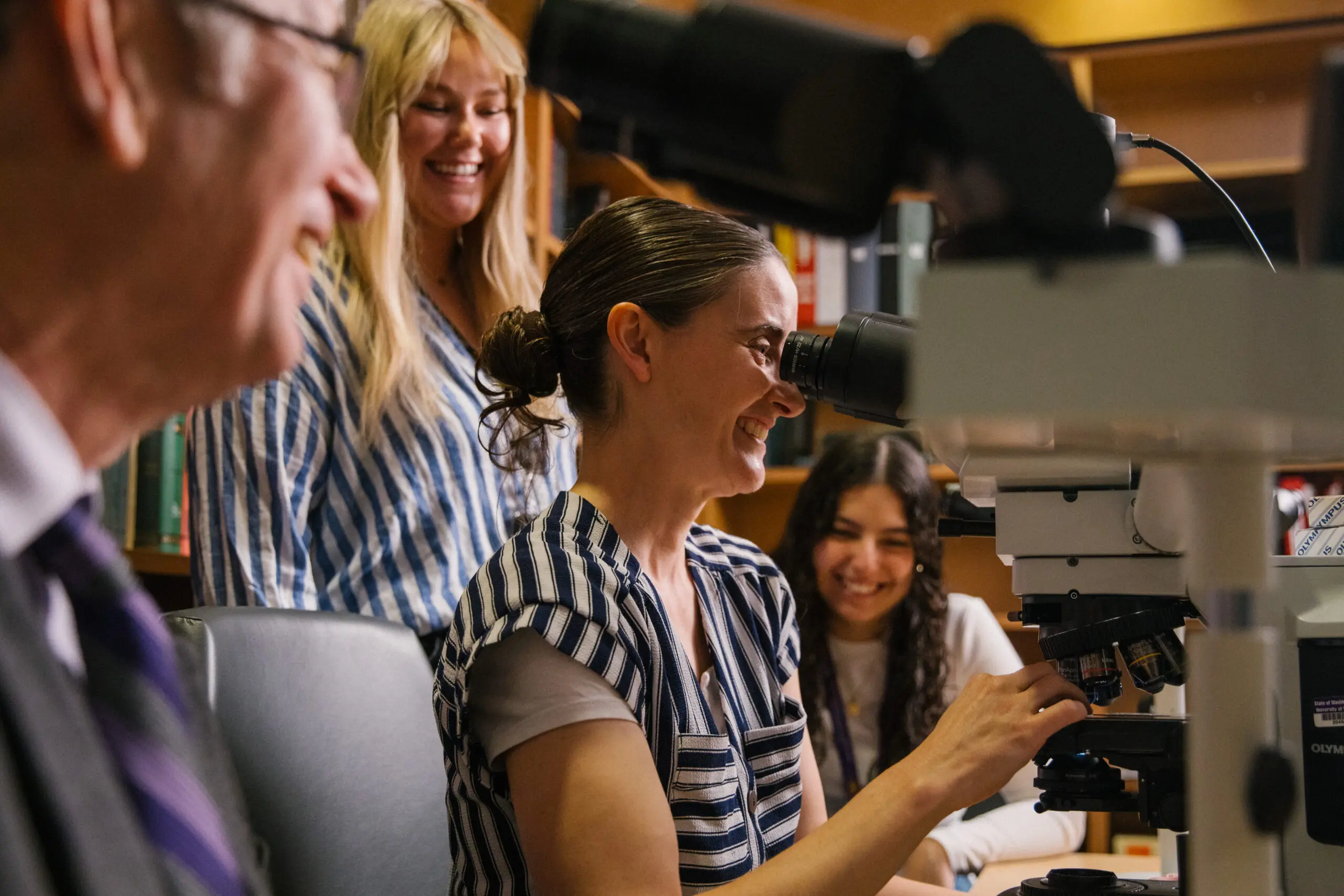Have you ever faced a seemingly impossible choice, where pursuing something you love means letting go of something else?
For new physicians, deciding on a specialty can be difficult — and it’s even harder when your passions sit on opposite sides of the globe. When Renee Newby, MD ’19, started medical school, she figured she would settle near the small Idaho community where she grew up. At least, that was the plan until she became fascinated by tropical and infectious diseases.
“During most of my career, figuring out how to fit Idaho and tropical medicine/infectious diseases together has been a struggle,” says Newby. “I’m still trying to find a solution.”
Now, as a resident, she’s trying to find the right balance between rural medicine in her hometown and the international adventures and challenges of global health.
Newby grew up on her family’s ranch in rural Ririe, Idaho. There were no clinics in their town of 600 residents; the closest hospital was a 45-minute drive away. Newby and her siblings helped out, feeding cows and fixing fences, but she never saw herself as a rancher.
After taking extra credits in high school, Newby graduated with a cosmetology license. For several years, she worked as a hairstylist, enjoying the creativity and the relationships with clients. She knew she wanted to go to college, but wasn’t sure what to study — until an eye-opening mission trip to Kenya, Uganda and Sudan.
Her group worked in orphanages, filled prescriptions in clinics and cleaned up garbage — and she was hooked. “That trip made me start thinking about medicine,” says Newby. It also roused an interest in infectious diseases, one later cultivated as an undergrad doing microbiology research. “The region has a lot of malaria and other tropical infectious diseases,” Newby says, “so it also lit the infectious-diseases fire in me.”
At the same time, Newby was true to her rural roots. As a new medical student, and anticipating returning to her hometown to practice, Newby joined the Targeted Rural and Underserved Track (TRUST) program, a special curriculum that prepares students from Washington, Wyoming, Alaska, Montana and Idaho (the WWAMI region) for careers in underserved rural areas.
“Southeastern Idaho has a population that includes non-English speakers and patients with limited access to healthcare, and this presents some challenges I’d like to address,” says Newby. “I also wanted to be near my family and the Rocky Mountains.”
In 2018, Newby received a prestigious fellowship through the National Institutes of Health’s Fogarty International Center. Her research project involved studying tuberculous meningitis in Lima, Peru, and evaluating meningitis patients. It also involved laying the groundwork for a patient database to help diagnose patients earlier and prescribe antibiotics faster.
“I appreciated Fogarty’s approach: using established local hospitals and matching researchers and mentors from the U.S. and other countries,” says Newby. “This allowed research projects to continue, and it meant that patients had continuity of care, which is so important.”
Today, Newby is doing an internal medicine residency in Santa Clara, California. Next comes an infectious disease fellowship. And after that? She’s working on a plan to pursue her career interests — all of them.
“I’m trying to figure out how I can design my career to do global health while living in Idaho,” says Newby. She hopes to someday return to the communities in Kenya and Peru where she previously served, continuing her medical contributions.
No matter where Newby’s career takes her, though, she’s determined to make a difference.

